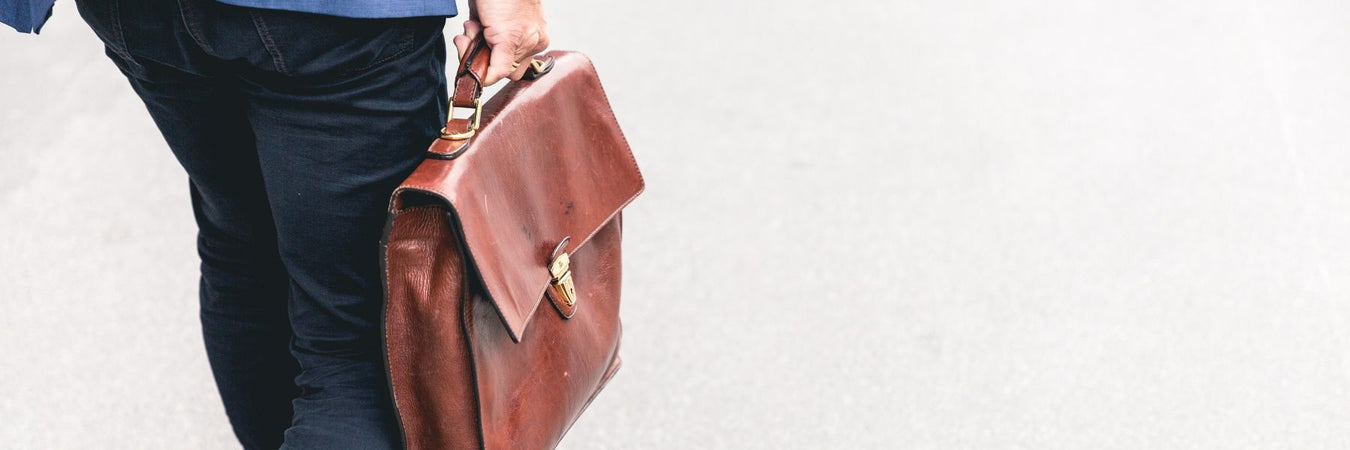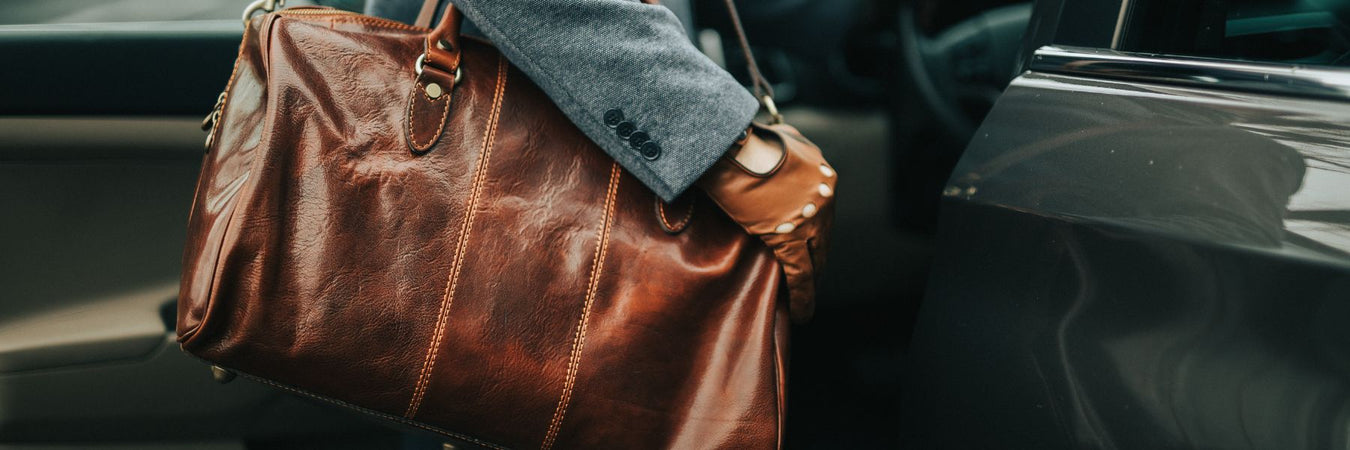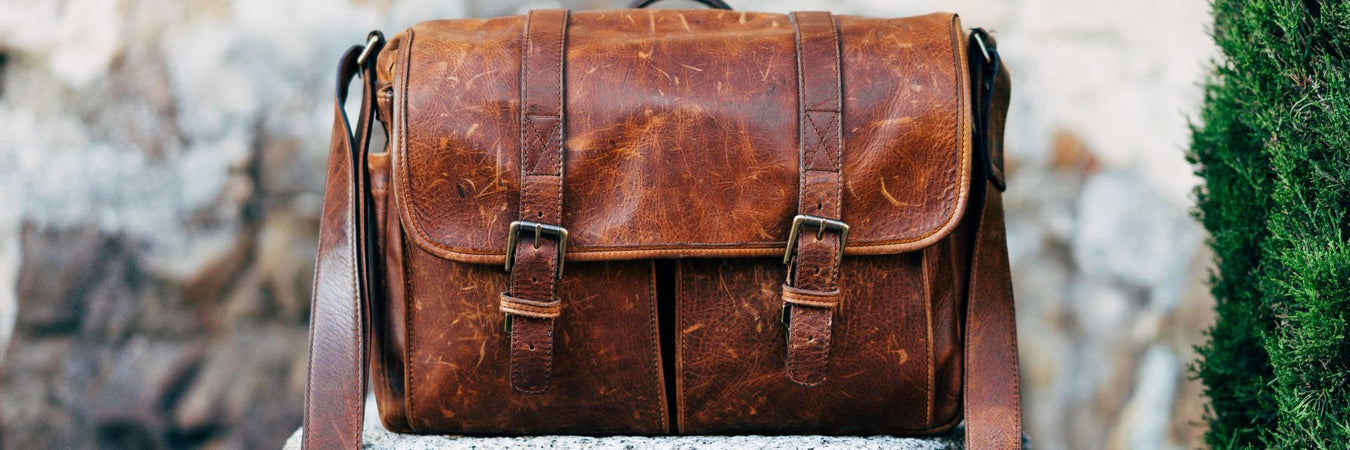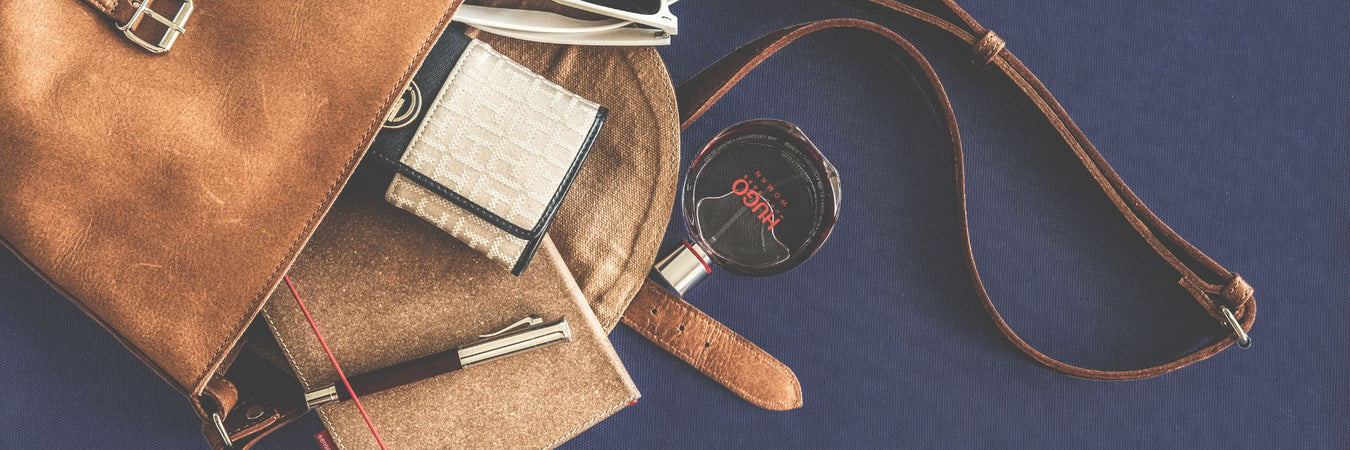Are Vegan Leather Or Pleather Products Actually Good For Environment?

Time to Read: 3 Minutes 40 seconds
One question. So many different answers.
If you start searching about Vegan Leather Vs. Animal Skin Leather, you will come across 1000's of articles where some of the articles will talk pro leather, saying leather is something that lasts for years and is better for the environment. While others will talk about avoiding leather due to its unethical killing of animals. But in the end, everyone is going to take away whatever they feel most comfortable with.
Let's first target the facts. Veganism is good for the environment. It's simple that if you are on a plant-based diet and avoiding all kinds of animal products in your diet, then yes, that stops animal farming and the planet goes green and Voila...!!! There goes global warming out of the window.
I wish it was that simple but unfortunately it's not. Well, there are other factors as well that lead to global warming. One of them is plastic.
Now let's talk about vegan leather. Most of the time, in fact almost always, vegan leather is made of faux leather or PU leather (Unless we are talking about Pineapple leather or other kind vegetable made leather which is the most innovative way to approach leather problems. Although it will take years before you see these popular in the market. )
Let's come back to Faux/PU leather aka plastic leather. Oh yes, plastic is the biggest enemy to the environment and one the major reason for causing global warming since it is not recyclable. In fact, here is one of the article from Metro.co.uk

Now, let's be honest that even if you are an animal activist and do not care about the environment as much, the fact still remains that all kinds of fake leather bags are created in a way that releases toxins in the environment, harming not only humans but animals (especially sea creatures ) as well.
There is one more thing that caught my eye and came as a shock to me about PU leather. If you try and find out how PU leather is made and why PU leather lasts more than Faux Leather is because PU leather is nothing but leather (animal skin) with a chemical coating of Polyurethane. Yes, that's right all the nonleather chairs, shoes, bags, etc usually are made of split leather backing and tanned with polyurethane.
Before you go ahead and say the line "Yes, But it still doesn't give you an excuse to kill animals" I should tell you that we don't. Which brings us to another major question.
Do animals get slaughtered just for Leather?
In fact, most of the leather manufacturers get their leather from the meat industry, leather being a byproduct of the meat industry. There is no way animal farming for leather alone can ever be profitable for a leather industry. Let me give you an idea of calculation of how goat leather works as most of the products on High On Leather are made of goat leather.
The cost of raising a goat for 2 years is approximately around ($150).
This includes food and shelter charges apart from the human labor hours spent shepherding the cattle until it is a fully grown animal (Approximately 30 - 35 kg)
Leather (skin) of the entire fully grown animal is sold at around 3$-$5 whereas the meat costs upwards of ($6) per kg.
So spending 150$ to sell the skin of an animal at 5$ makes no sense at all.
Animals are raised for their milk and their meat and leather is merely a bonus.
Leather is a by-product of the meat industry. After an animal is killed for its meat, the skin is discarded. The leather industry uses this discarded material to make products out of them. If anything, the leather industry supports the conservation and smart utilization of resources.
The other major fact that comes into consideration is that if you buy any full-grain leather products they usually end up lasting for years even with regular wear and tear. There are brands out there who give a 100-year warranty on their products. Usually a person has a maximum of 3-4 pairs of formal shoes and 1-2 bags. Whereas, plastic leather on the same hand is something that you have to invest in every 6 months to 1 year with regular usage.
On the ending note you can't say which leather is better or which is harming the environment more but when you know both sides of the story, you are better informed to make a smart decision.






Comments
Leave a comment